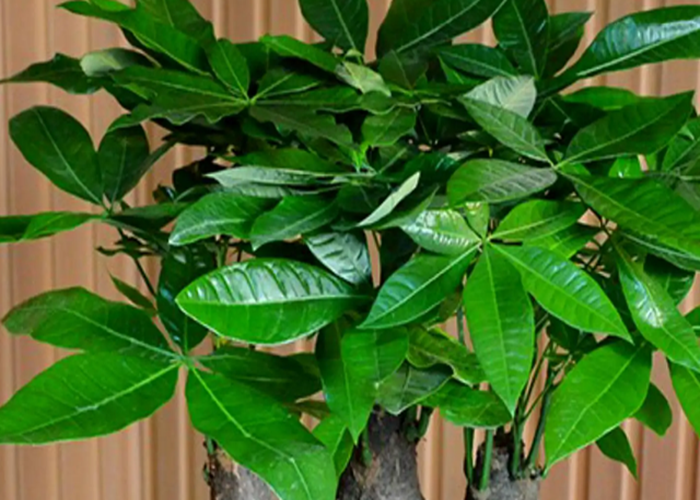Volatile organic compounds (VOCs) play a crucial role in how plants communicate with each other and with other organisms. These airborne signals help plants share information over both short and long distances. When a plant is damaged by herbivorous pests, it releases VOCs. Nearby plants can detect these signals and respond by boosting their defenses against potential threats. This biochemical strategy allows plants to effectively protect themselves from various stresses.
Recent interest in this area has surged due to its promising applications in agriculture. Professor Gen-ichiro Arimura and his colleague Mr. Takuya Uemura from the Tokyo University of Science in Japan have investigated the molecular pathways behind this plant communication and its potential applications in sustainable farming.
Their review, published online on October 11, 2024, in Trends in Plant Science, highlights these complex processes and their implications for agriculture. The study suggests that a better understanding of plant communication could lead to new strategies for protecting crops and improving yields, potentially transforming sustainable agriculture.
“Although plants lack the sophisticated olfactory systems seen in animals, they can detect and respond to a wide variety of VOCs. They base their reactions on the structural similarities of these compounds to those they or their ancestors encountered during both beneficial and harmful interactions with other organisms,” explains Prof. Arimura.
When under threat, plants emit different types of VOCs, such as isoprene, terpenoids, and green leaf volatiles. These compounds are known for signaling across species, attracting beneficial insects, and repelling herbivores. For example, monoterpenoids, commonly found in mint plants, have been used commercially for their pest-repelling, antimicrobial, and ovicidal properties. This study found that these interactions are not restricted to related plants; non-kin plants can also communicate through VOCs.
Once released, VOCs are absorbed through the stomata of nearby plants and spread through their mesophyll cells. The response involves complex intracellular and intercellular signaling. For example, calcium fluxes play a vital role in these signaling cascades. In plants receiving VOCs, hydrocarbons like β-caryophyllene can influence gene expression by interacting with chromatin, which controls DNA accessibility. This process, known as chromatin remodeling, activates gene transcription, preparing the plant to enhance its defense mechanisms.
Currently, chemical pesticides are widely used in agriculture, but they can harm the environment. As the demand for higher food production increases, there is a pressing need for safer alternatives. Utilizing VOCs could offer a sustainable solution that enhances crop defense and productivity while reducing reliance on harmful chemicals. This approach can lower production costs and increase the value of produce, as many consumers prefer pesticide-free crops for their health.
“One promising method is to use companion plants like potted mint and candy mint, which consistently emit beneficial VOCs. Developing biostimulants—substances that enhance plant growth and stress tolerance—could also improve interactions between plants,” says Prof. Arimura. He notes that commercial products based on these findings will soon be available for agricultural use.
However, implementing VOC-based technologies in farming does present challenges. Factors such as dose-dependent responses and improper spacing between plants can lead to high concentrations of VOCs (allelochemicals), which may inhibit the growth of neighboring plants.
In summary, this review opens avenues for further research into the agricultural applications of VOCs. It encourages collaboration between scientists, farmers, and policymakers to harness plant communication. By utilizing natural signaling mechanisms, sustainable farming practices can be developed that enhance crop productivity while promoting environmental health.
Related topics:
- Discover Unique Plants at the Botanic Garden Fall Plant Sale This Weekend
- California Confiscates $353 Million Worth of Marijuana, Including Over 9,000 Plants in San Diego
- Checking for Signs of Drought Stress in Trees and Plants


